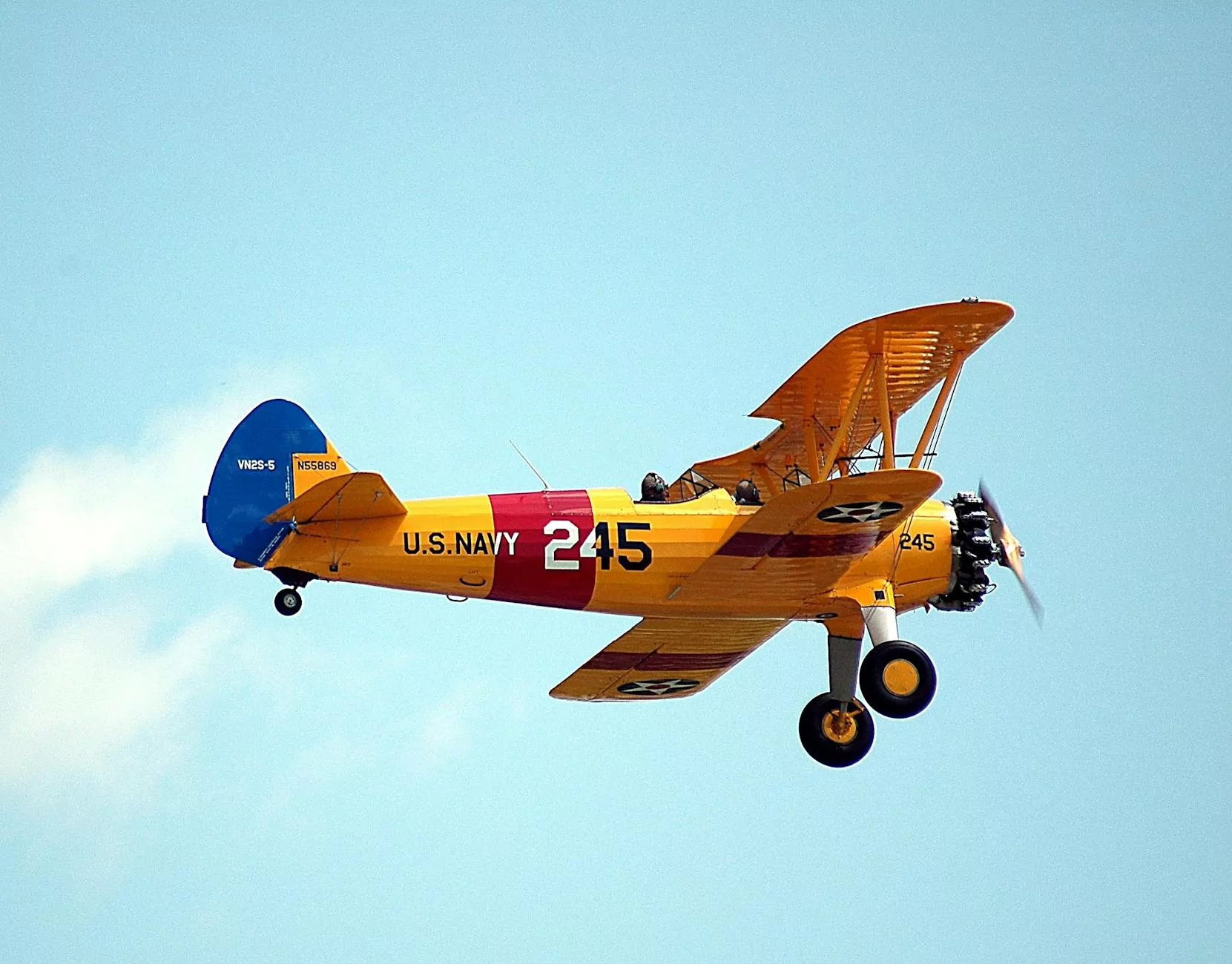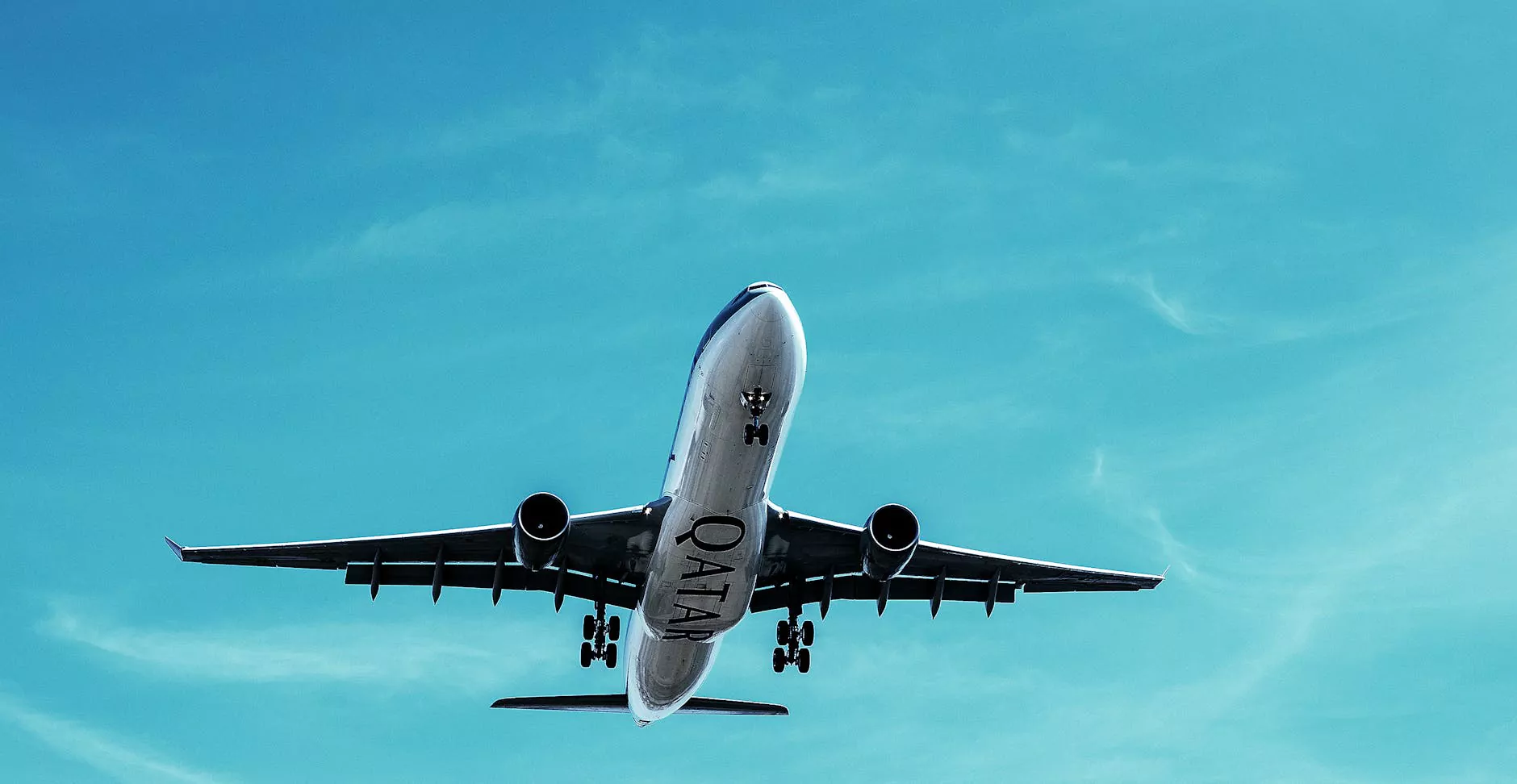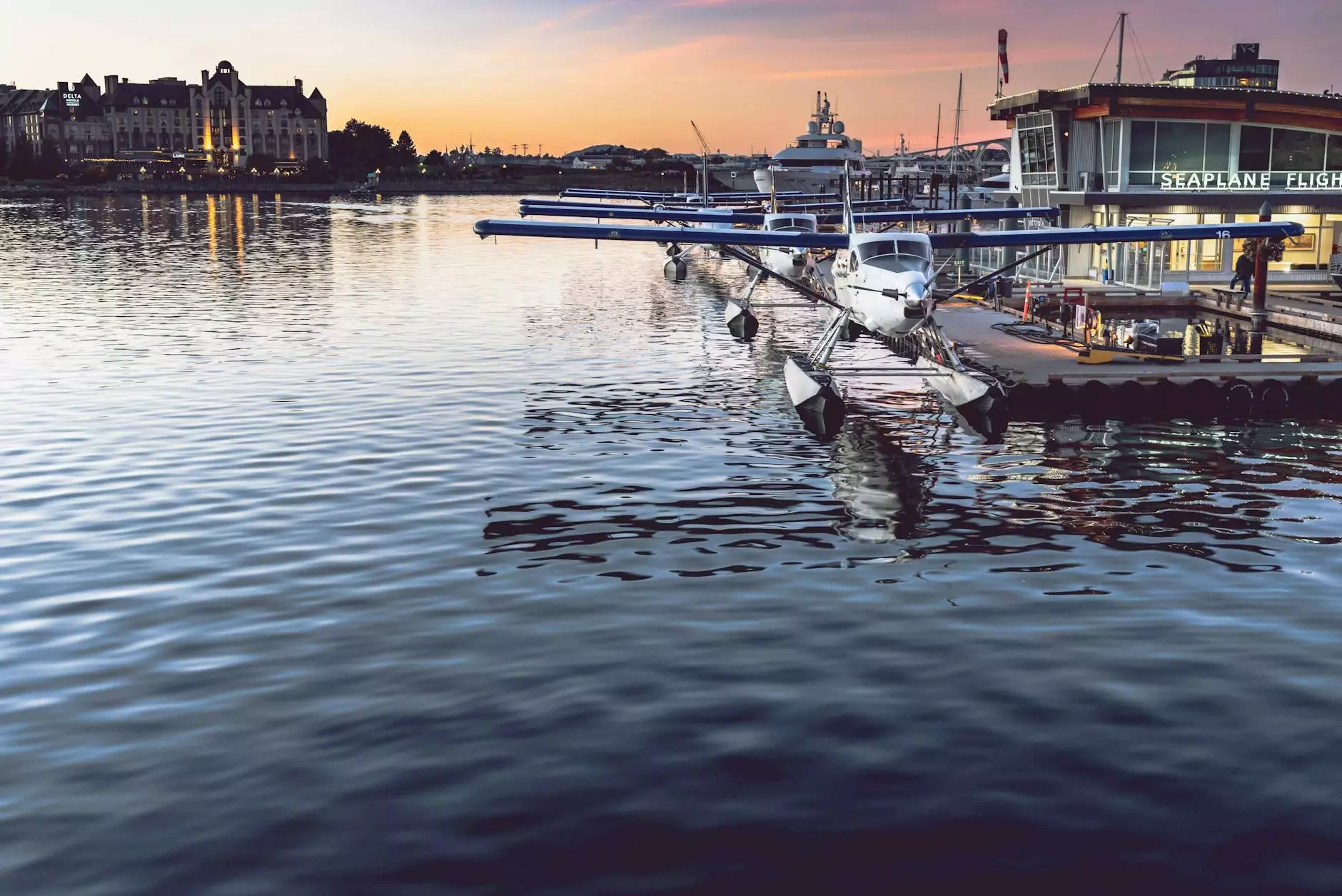Endurance Aircraft Engines and Propellers of the 1910s

Introduction
Welcome to La Historia Society's exploration of endurance aircraft engines and propellers from the 1910s. This page delves into the fascinating history, innovation, and impact of these aviation marvels that were instrumental in shaping the early days of flight.
Setting the Stage
In the 1910s, aviation was still in its infancy, and the pioneers of flight were constantly pushing the boundaries of what was possible. Aircraft engines and propellers played a critical role in revolutionizing air travel and extending the endurance of airplanes, enabling pilots to fly longer distances and explore new frontiers.
The Importance of Aircraft Engines
During this era, aircraft engines underwent significant development and refinement. Engineers sought to create engines that were both powerful and reliable, capable of withstanding long flights and harsh conditions. The race to improve engine performance led to remarkable advancements in aircraft technology.
Propellers: The Driving Force
While engines provided the power, it was the propellers that converted that power into forward motion. Propeller design evolved rapidly during the 1910s, with factors such as blade shape, pitch, and materials being continually refined. These advancements led to improved efficiency and increased aircraft performance.
Key Innovations
Several key innovations emerged during this period, contributing to the endurance of aircraft engines and propellers. These innovations include:
Improved Engine Design
Engine manufacturers experimented with different configurations and technologies to enhance performance. They introduced features like water-cooling systems, multi-cylinder layouts, and increased horsepower. These advancements helped engines operate at higher altitudes and increased their overall reliability.
Lightweight Materials
The use of lightweight materials, such as aluminum alloys and composite materials, became more prevalent in the construction of engines and propellers. These materials reduced the overall weight of aircraft, allowing them to carry more fuel and travel longer distances without compromising structural integrity.
Aerodynamic Enhancements
Engineers focused on optimizing propeller design for maximum efficiency. They experimented with various blade shapes, angles, and pitch settings to maximize thrust and minimize drag. Swept-back designs and variable-pitch propellers were among the notable advancements that contributed to increased endurance.
The Endurance Frontier
The quest for endurance was a significant driving force in aviation during the 1910s. Pilots and aircraft manufacturers strived to push the limits of how far an airplane could fly without refueling. Endurance events and record-breaking flights became a symbol of innovation and a demonstration of the progress being made in aviation technology.
Transatlantic Flights
In 1919, the legendary aviators Alcock and Brown accomplished the first non-stop transatlantic flight in a Vickers Vimy biplane. This momentous achievement showcased the endurance capabilities of the aircraft and its engines, catapulting aviation further into the public consciousness.
Aviation Competitions
Endurance competitions, such as the prestigious Schneider Trophy, challenged aircraft manufacturers to produce faster and more efficient machines. These events fostered rapid advancements in engine and propeller technology as participants sought to gain a competitive edge.
Impact and Legacy
The developments in endurance aircraft engines and propellers during the 1910s laid the foundation for future advancements in aviation. The lessons learned from these early pioneers continue to shape modern aircraft design, with countless principles and technologies rooted in the innovations of this era.
Long-Distance Commercial Aviation
Improved endurance technology paved the way for the establishment of long-distance commercial aviation routes. Airlines were able to offer transcontinental and transoceanic flights, connecting continents and reducing travel times significantly. Today, air travel has become an integral part of global transportation, thanks to the endurance achievements of the 1910s.
Technological Advancements
The research and development carried out during this period set the stage for further breakthroughs in aircraft engine and propeller technology. From turbojet engines to variable-pitch propellers, the pursuit of endurance has driven engineers and scientists to continually push the boundaries of what is possible in flight.
Conclusion
The endurance aircraft engines and propellers of the 1910s represent a remarkable chapter in aviation history. The relentless pursuit of longer flights and increased endurance sparked innovation, paving the way for the transformation of air travel. La Historia Society hopes that this exploration has provided a glimpse into the captivating world of these incredible engineering achievements.



